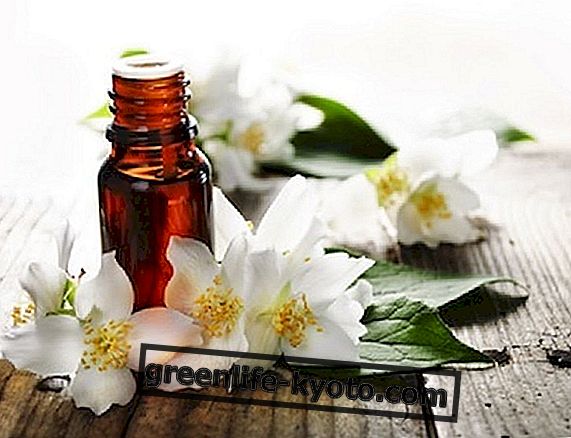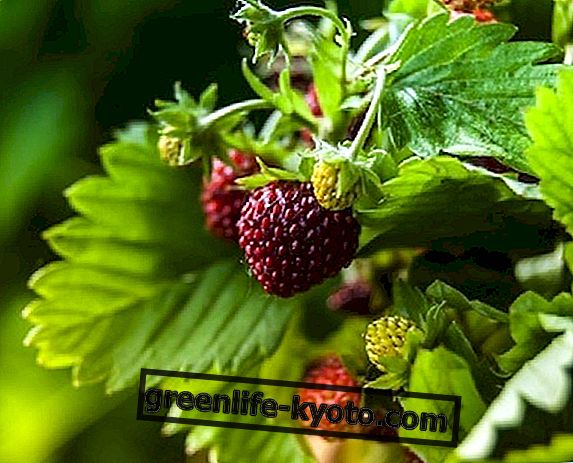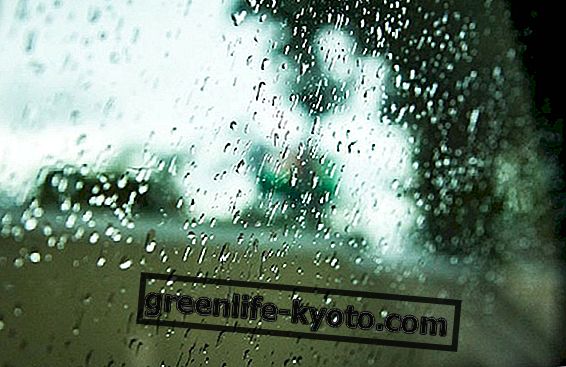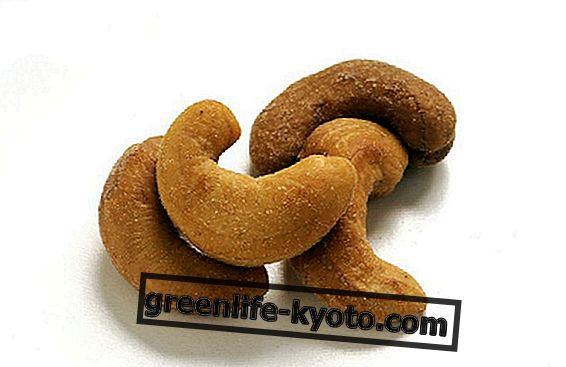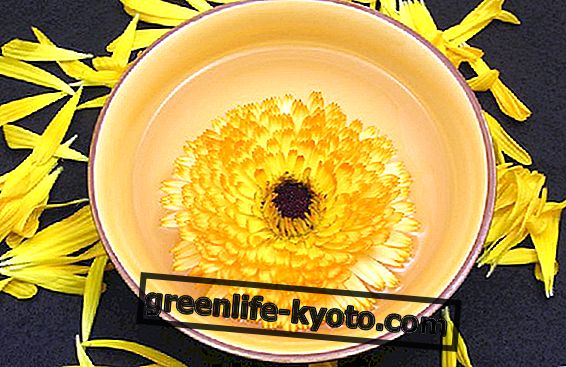
"How nervous!!!! "; " I have nerves on edge" ; "You feel nervousness in the air, there is tension "! They are all common expressions that well summarize one's own state or of several people (because nervousness can be contagious) in which the psychic and physical equilibria are altered .
Nervousness is an emotional condition that involves a hypersensitivity to certain stimuli and a consequent hyper-reaction . Those who are nervous can be seen and often heard!
Stopping for a moment and dedicating time to oneself and regenerating oneself is the first step towards reconciliation with the world and its rhythms and in this passion flower can be a valid help, in all its forms.
The properties of passion flower
For the nerves on the edge of the skin just a flower can help! To get the herbal remedy the aerial parts of the plant are used, therefore flowers, leaves, fruits.
All the principles contained in the incarnate passionflower participate in its sedative action : flavonoids, such as vitexin, isovitexin and hyperoside, reduced quantities of indole alkaloids, such as passiflorin and armina, maltol and isomaltol, act on the central nervous system and activate their calming action in times rather rapid because they are intercepted by benzodiazepine receptors.
States of episodic nervousness, the first hints of anxiety and insomnia can be normalized thanks to the use of this remedy in various forms.
How is passion flower grown?
Passion flower: how to take it
Passifl o ra can be taken as an infusion, and has an antispasmodic and sedative action. For doses it is always good to consult a trusted herbalist, but surely two or three cups a day between the main meals, one of which before going to sleep, are a good administration to quell agitations and anxieties, warm the stomach, soothe possible psychosomatic manifestations at the gastric level and induce a peaceful sleep.
For those who have no time and no way to prepare a passionflower herbal tea, there are titrated and standardized phytotherapy very effective in the form of mother tincture or spagyric maceration : drops to be diluted in a glass of water and taken 2 or 3 times a day .
For the correct dosage always refer to the indications of the herbalist.
Also find out what the side effects of passion flower are
The passion flower and its signature
The passion flower is native to South America and was brought to Europe by an Augustinian friar, Emmanuel de Villegas, in 1610. Struck by the beauty of the flower and its conformation, it read, according to the doctrine of the signatures, widespread at the time in the herbaria of monasteries, a symbolism linked to the passion of Christ : the crown of filaments of the ovary represents the crown of thorns, the 5 stamens indicate the 5 wounds of Jesus, the 3 stigmas the 3 nails, the 5 petals and the 5 sepals correspond to the number of apostles remained faithful.
It is therefore "marked" to cure the heart, the imbalances created by altered emotional states. Let us not forget that beyond the flower itself, passion flower is a climbing plant, therefore it tends to expand, to grow and multiply its filaments, thin, sinuous and strong, like the nervous system. This very interesting reading of the plant finds scientific correspondence on the effects that the active components of the passionflower exert on the central nervous system.

